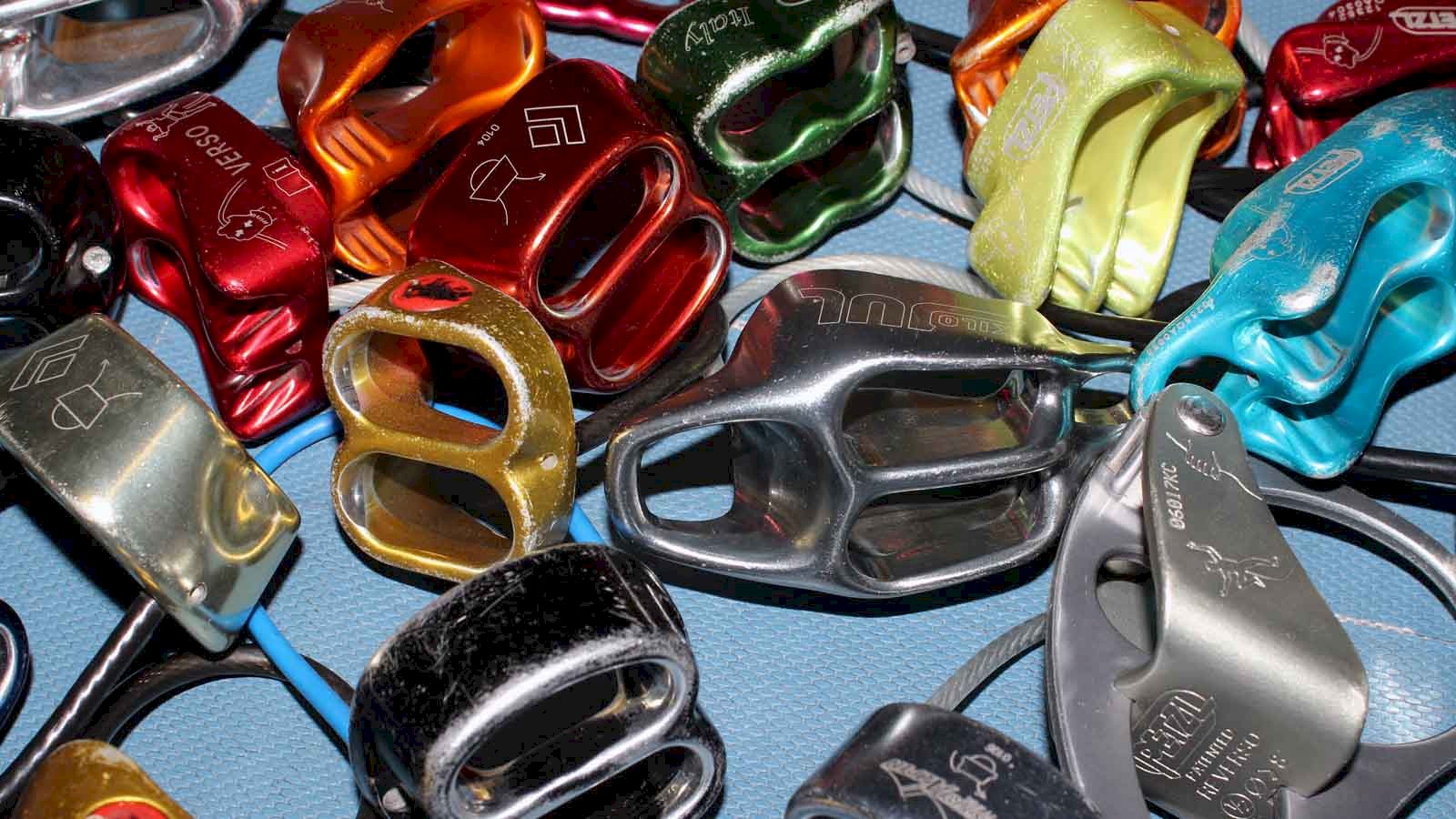“The BMC recognises that climbing, hill walking and mountaineering are activities with a danger of personal injury or death. Participants in these activities should be aware of and accept these risks and be responsible for their own actions and involvement.” The BMC participation statement taken out of context makes for bleak reading. Personal injury or indeed death? Gosh these activities must be horrendously dangerous. Or are they?
Every now and then I make use of my German roots and flick the switch in my brain, heading over to the German Alpine Associations' (DAV) web presence and start browsing the safety articles. For decades the DAV has been at the forefront of safety investigations, analyses and the shaping of best practice in the industry. One article that recently grabbed my attention was on the statistics behind indoor climbing wall accidents. As expected the numbers match remarkably well with the ones we can see in this country, despite a lot of major German walls being run by the DAV themselves and walls in the UK largely being run by individual companies.
It comes as no surprise that climbing is actually a reasonably safe sport. Since accidents on bouldering walls are hard to measure and investigate the DAV decided to focus on the more serious aspects of roped accidents. That is if it is carried out correctly and everybody involved keeps their head firmly switched on. As such I am also not surprised that the vast majority of accidents involving ropes are ultimately caused by the belayer. However, what devices did belayers use? It turns out that around 70% of all accidents involved a tube type belay device such as the ATC, despite only 60% of climbers using them as belay devices. The most common accident parameters listed are violation of the dead rope principle, shoddy gripping of the dead rope and wrong positioning of the braking hand. Especially the latter is a particular pet-peeve of mine - if you're not taking in the rope, lock it off!
Most roped accidents by far occur during lead climbing. Thought it is not the falling in isolation that creates this increased number. Fall practice itself only accounts for 3% of accidents, so it appears that those occasions where the belayer fully understands the fall is about to happen are relatively unlikely to result in an accident. Scarily the second most likely activity for an accident is the lowering off with 12% of incidents happening here. The moment when a climber should be able to relax and feel great about the completed climb appears to still be problematic. Though by far the biggest risk exists during the lead climb. Here a variety problems and more importantly a combination of these causes an increased risk of accidents.
Interestingly despite the DAV stating that most of the accident can usually be attributed to the climber, they do make a clear case for bad clipping habits being at the heart of many unnecessarily long falls. Though a case is also made for route setting adding to falls. Here especially straight routes on smoothly worn quickdraws reduce the amount of friction in the system, meaning any errors already made by either the climber or belayer are multiplied and exaggerated. In total, for the year the report covers, 91 roped accidents involved 45 falls to the ground. In six cases third parties were injured as a result. Once again, inexperienced or sloppy belaying combined with unstable and high clipping are being blamed.
Overall the findings of the report are hardly surprising and any experienced and switched on climber will nod and agree with most if not all the points made. Crucially though I see experienced and otherwise switched on climbers making small mistakes all the time. A forgotten partner check, a quick chat with another climber while belaying, watching another climber on that epic overhang about to fall off not noticing your own climber missing a clip. In isolation all of these problems are more or less severe themselves. But combine them or any of the myriad of other issues that can arise and you have the recipe for disaster. At that point the only thing preventing an accident is luck - which ultimately will run out.
Oh - and if you only ever use "auto locking" devices such as a GriGri and think you're immune to problems because they can "back you up" you better think twice. In any case I recommend you watch this video from Petzl. Eye opening stuff and in my opinion mandatory viewing for every lead belayer at least once a year.


Leave a comment